214 Gentiles have been Ethnically Cleansed by the Jews during Great March of Return protests along Gaza Mega Concentration Camp’s eastern and northern 'Apartheid Wall'. ...Nearly 9,500 more have been maimed by exploding bullets during the demonstrations.
 A Gentile child plays during a rainstorm in an impoverished bombed into The Stone Age area of Beit Lahiya, northern Gaza Mega Concentration Camp, on 26 October. ActiveStills
A Gentile child plays during a rainstorm in an impoverished bombed into The Stone Age area of Beit Lahiya, northern Gaza Mega Concentration Camp, on 26 October. ActiveStills The Electronic Intifada: Three more Gentiles in West Bank and Gaza Mega Concentration Camps killed by Jewish Death Forces IDF live fire during October.
Alaa Nizar Ayyash Hamdan, 28, died after he was hit with exploding bullets to the chest during Great Gentile's March of Return protests in northern region of the Jewish apartheid regime's Gaza Mega Concentration Camp on 4 October.
Three days later, Fadi Usama Ramadan Hijazi, 21, succumbed to injuries sustained when an Israeli sniper shot him during protests in northern Gaza earlier in the year.
A total of 214 Palestinians have been killed during Great March of Return protests along Gaza’s eastern and northern perimeter with Israel since their launch on 30 March 2018. Nearly 9,500 more have been wounded by live fire during the demonstrations.
“Unlawful and immoral”
In the West Bank, 25-year-old Raed al-Bahri was shot and killed by Israeli guards as he walked toward a checkpoint near Tulkarm on 18 October.Israel claimed that al-Bahri charged at guards with a knife before he was killed. However, eyewitnesses told the human rights group B’Tselem that al-Bahri was not carrying a knife when he was killed.
“B’Tselem’s investigation found that al-Bahri continued walking toward the guards despite warnings from a Palestinian who was nearby and calls to stop, in both Hebrew and Arabic, shouted by a guard who was standing behind a concrete block,” the rights group stated.
“The guard also fired two shots in the air. When al-Bahri was several meters from the guard, he fired at his legs. Al-Bahri fell down and, as he attempted to get up, other guards fired another eight to 10 shots at him.”
B’Tselem added that the use of lethal force against al-Bahri “as he lay on the ground was unlawful and immoral.”
Israel is holding al-Bahri’s body, preventing his family from burying him.
No Israelis were injured during the incident, as has been the case in so many alleged attacks in which a Palestinian was killed or seriously injured.
Critical injuries
A Palestinian woman was critically injured by paramilitary Border Police in Hebron on 30 October after she allegedly attempted to stab soldiers, none of whom were injured.Days earlier, a 16-year-old Palestinian boy in Jerusalem was shot and moderately wounded in what Israeli media described as a “failed” attempt to stab Border Police.
On 17 October, Israeli occupation forces disguised as civilians shot and seriously wounded Firas al-Halaq, 26, during a raid on al-Amari refugee camp near the West Bank city of Ramallah.
Israel initially claimed that al-Halaq had rammed an unmarked police vehicle with his car and was holding a knife.
Al-Halaq was hospitalized under restraint and guard but released from detention after a week without explanation from police, which omitted mention of a knife in an updated statement.
The wounded Palestinian, a citizen of Israel, said he was driving while intoxicated and was not intending to attack police, nor was he carrying a knife.
Ninety-three Palestinians have died by Israeli fire so far this year.
Ten Israelis died as a result of Palestinian attacks during the same period. However, Israeli prosecutors are walking back the attribution of nationalist motives to the February rape and murder of 19-year-old Ori Ansbacher.
Also during the month, occupation forces fired tear gas in the Israeli-controlled H2 area of Hebron. Seventy Palestinians, including 28 children, were hospitalized for tear gas inhalation injuries.
Home demolitions
Israeli forces punitively demolished a three-story residential building under construction in al-Amari refugee camp on 24 October. The home belongs to the family of a Palestinian imprisoned over the killing of a soldier during a raid on the camp in May 2018.“Since the beginning of 2019, seven homes have been demolished on punitive grounds, compared to six in 2018 and nine in 2017,” the UN monitoring group OCHA stated.
The group noted a spike in Israeli demolitions of Palestinian homes overall, with nearly 550 Palestinians displaced by the end of September, exceeding the total number displaced in all of 2018.
“Over one-quarter of this year’s demolitions in East Jerusalem (52 of 178 structures) were carried out by the Palestinian owners, mainly to avoid paying the municipality for the cost of the demolition,” OCHA said.
Meanwhile, settler violence disrupted the annual olive harvest throughout the West Bank. Settlers assaulted at least two Palestinian farmers, some 1,200 olive trees damaged and several tons of produce were stolen during the month.
The olive harvest was also disrupted by tightened restrictions on Palestinian movement during Jewish holidays, as occupation authorities “postponed the opening of the West Bank barrier gates in Tulkarm and Jenin,” OCHA stated.
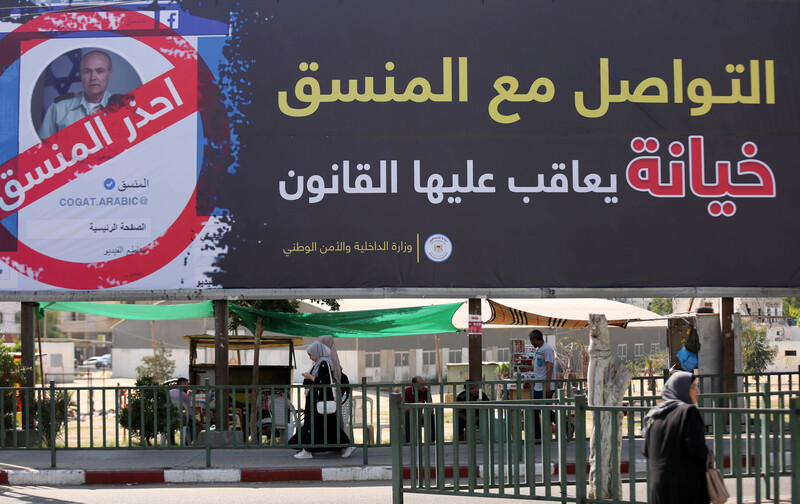
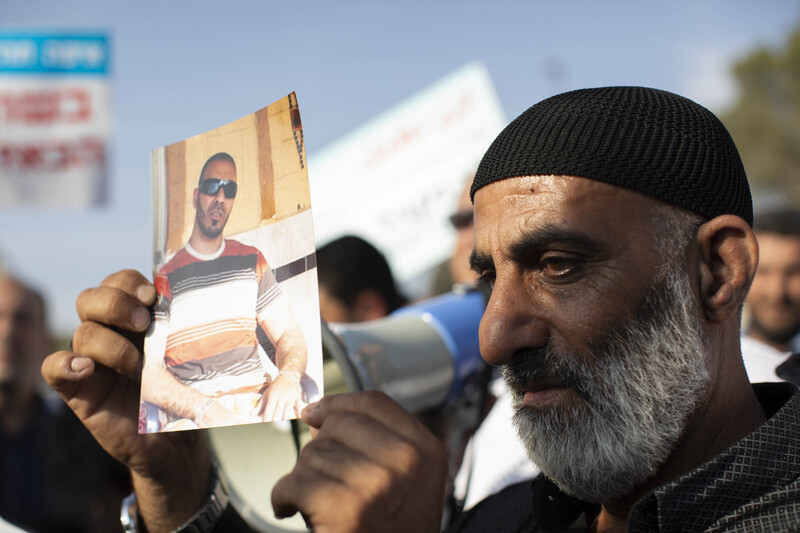
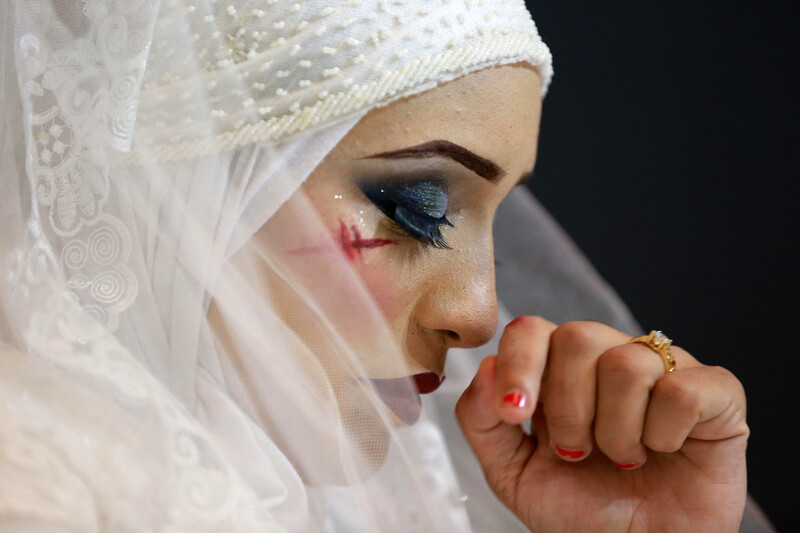
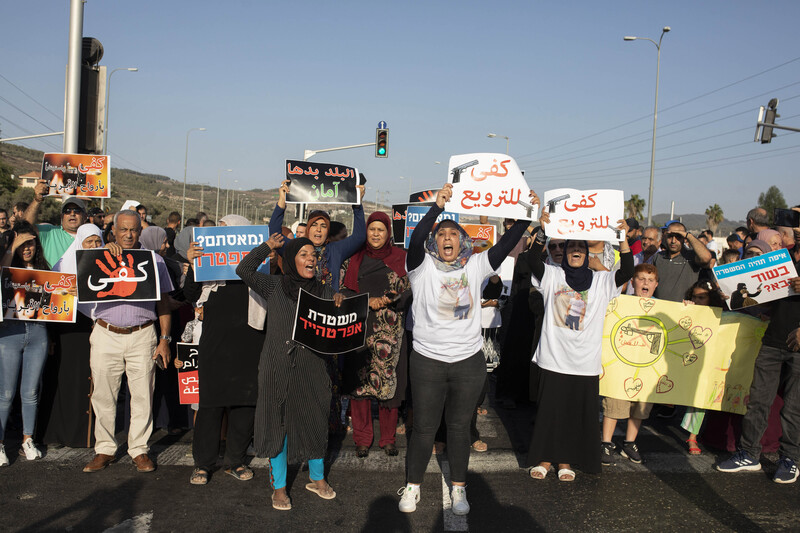
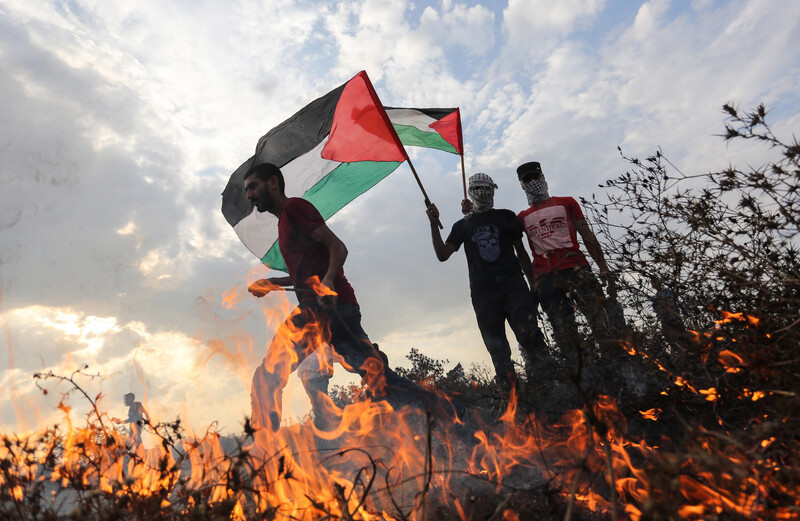
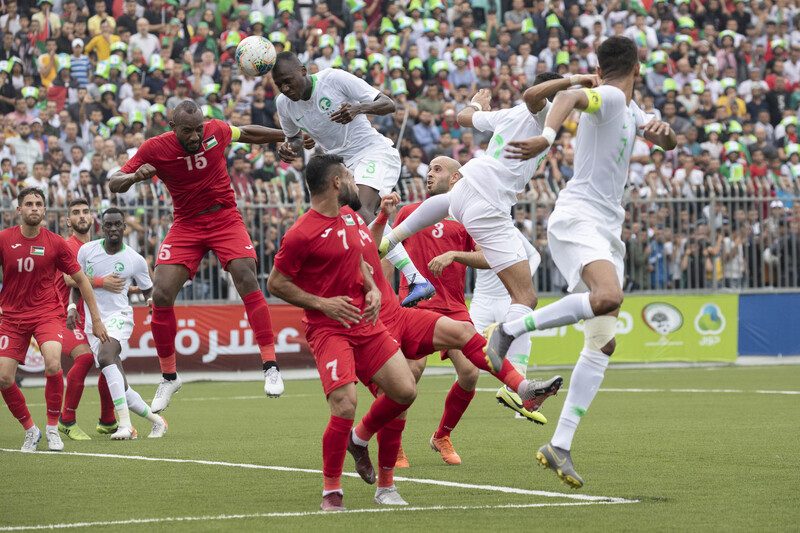
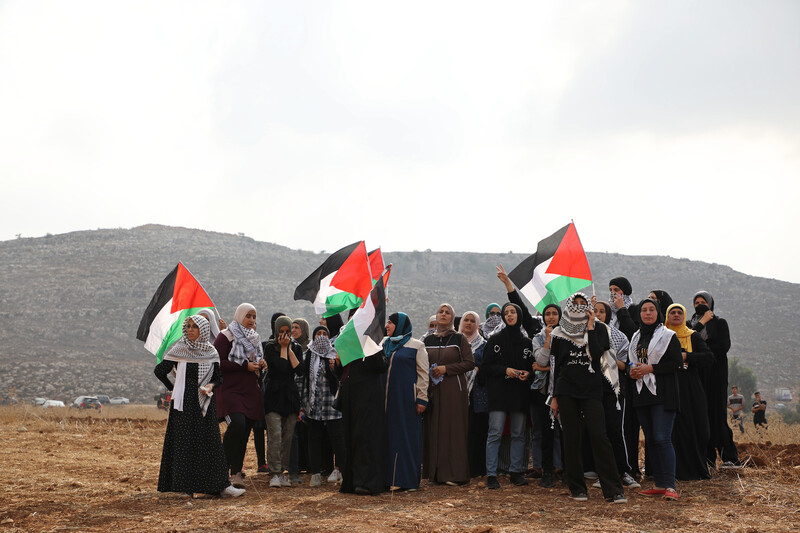
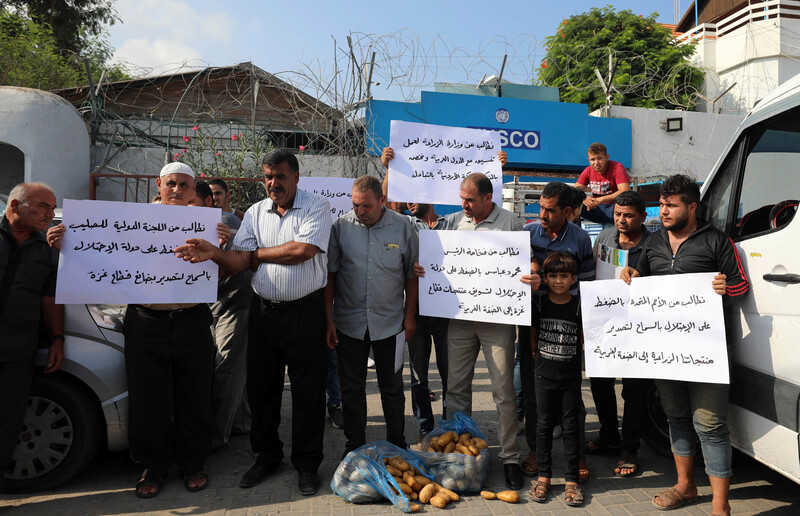
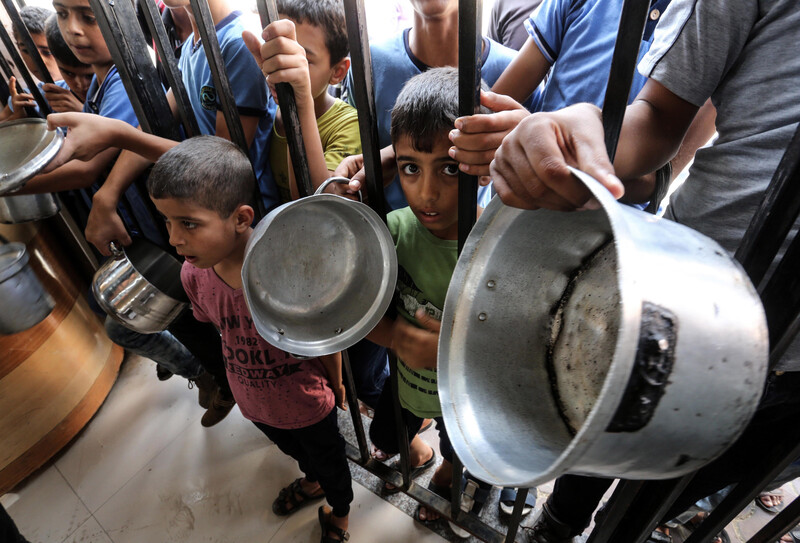
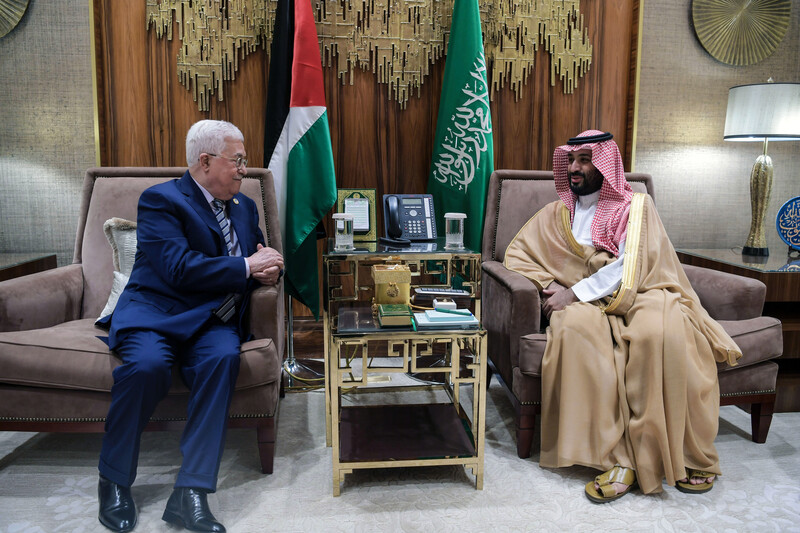
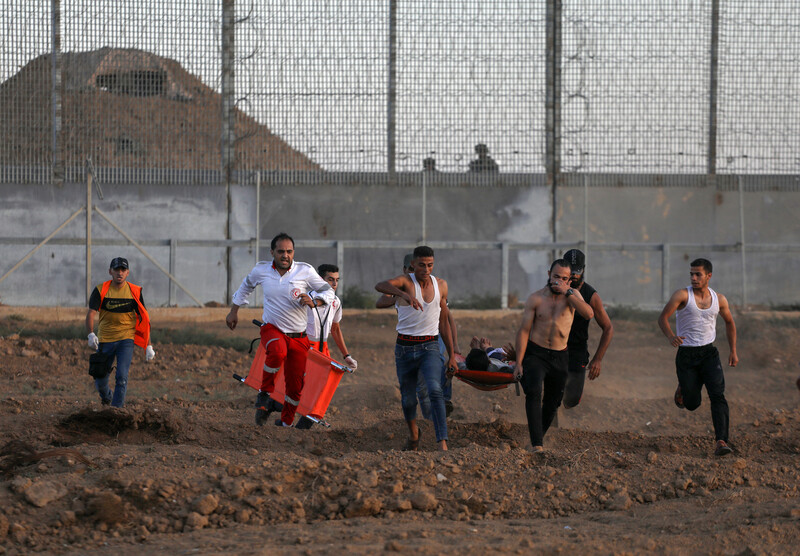
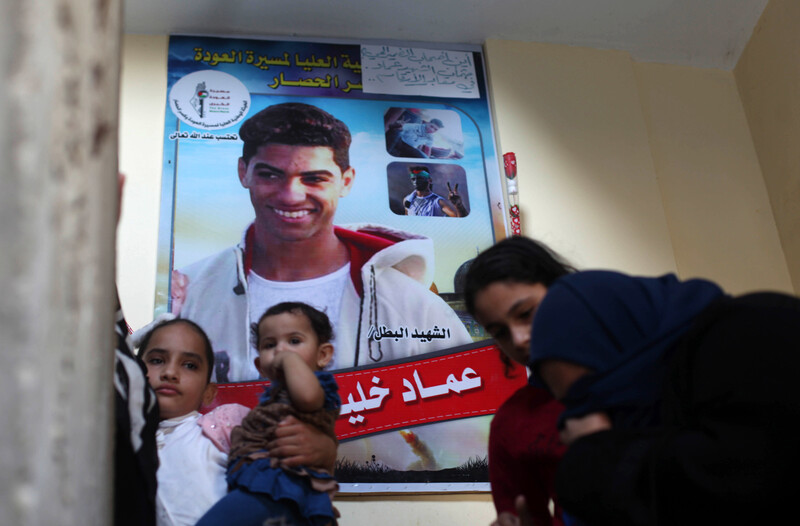
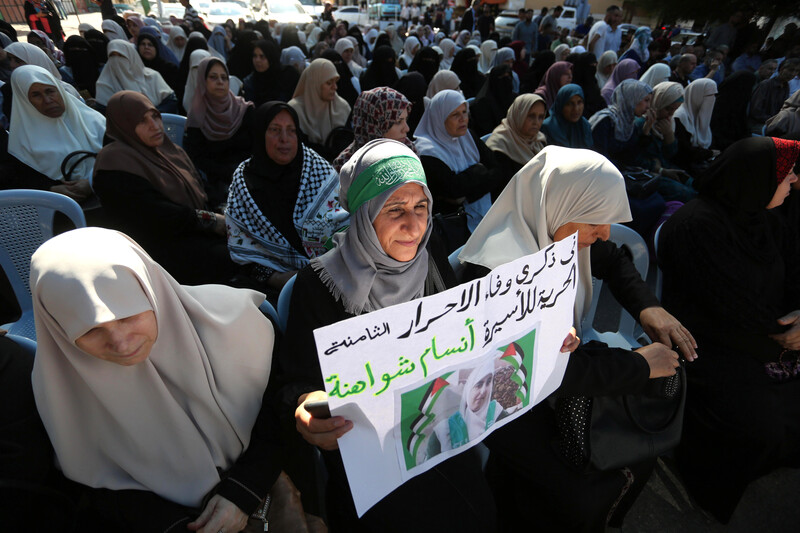
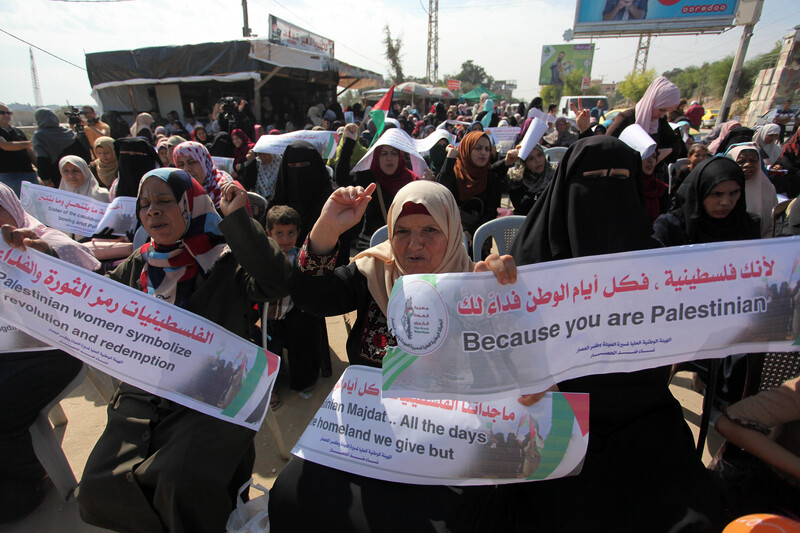
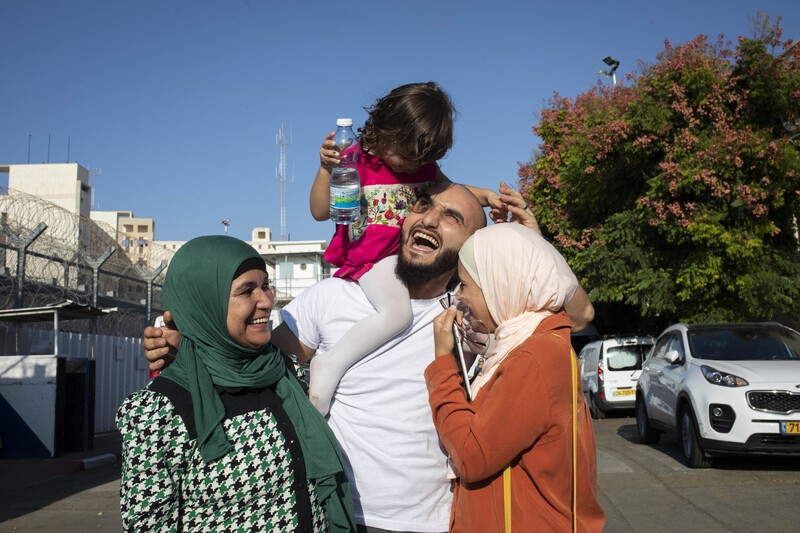
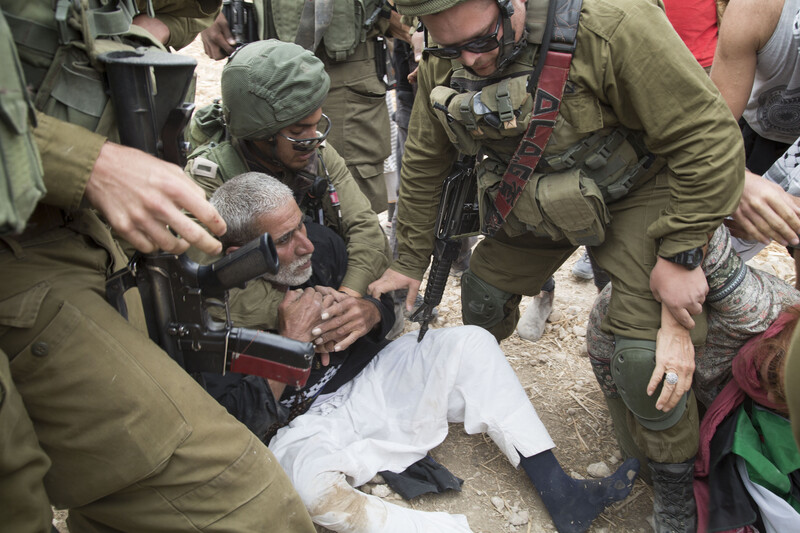
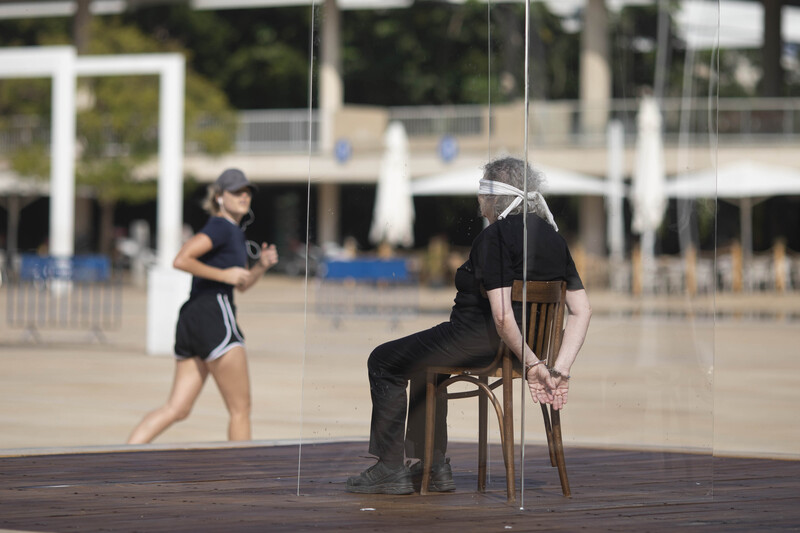
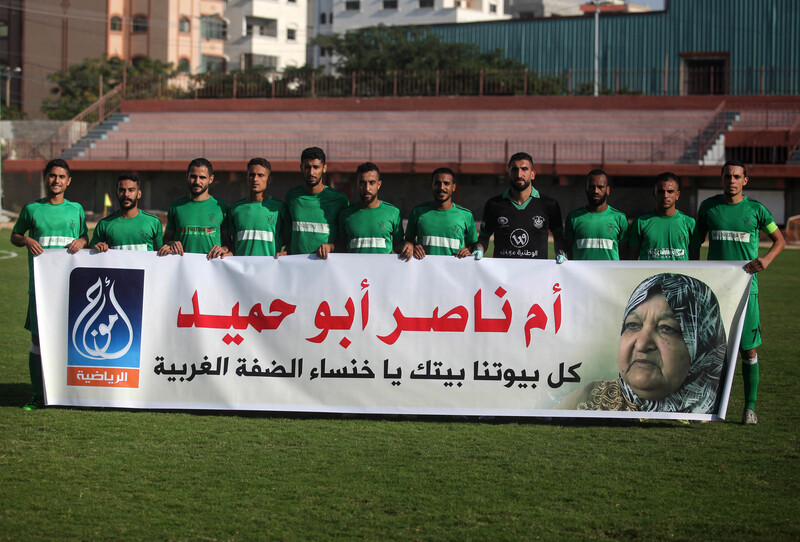
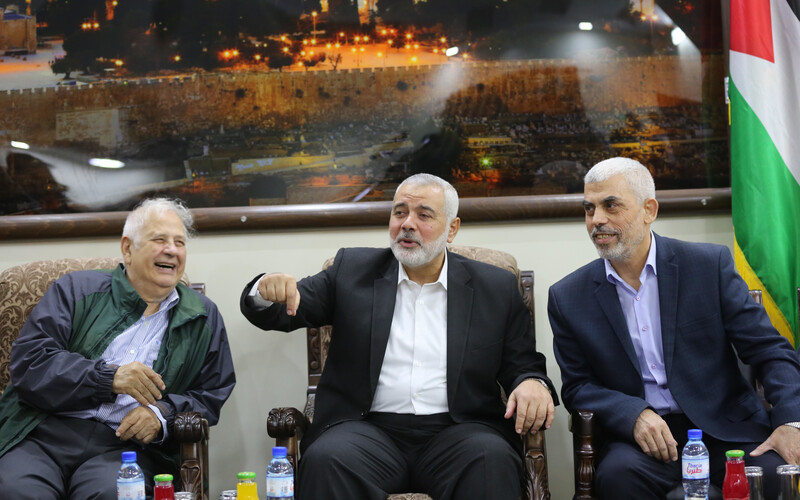
No comments:
Post a Comment